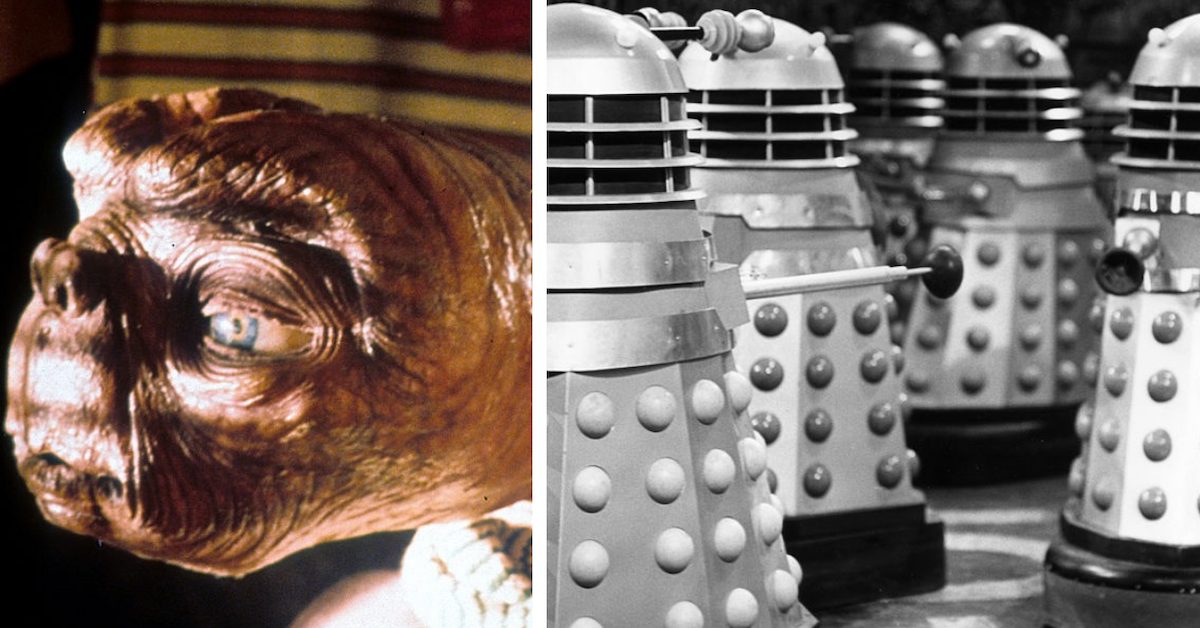In the coming weeks, the Pentagon will present a report regarding “unidentified aerial phenomena.” Many speculate it will provide evidence about the existence of extraterrestrials, while others believe it’ll provide a reasonable explanation about the UFOs Army and Navy personnel have observed.
While some are excited to read the UFO report, others are understandably nervous, given how little is known about extraterrestrial life. Much of our knowledge comes from the depictions presented by Hollywood, which begs the question: how has the entertainment industry prepared us for the possible existence of aliens?
Politics have influenced Hollywood’s depictions
The geopolitical sphere’s influence on Hollywood is immense. To discuss issues in an entertaining way and without offense, many directors have chosen to depict their stories through fantasy worlds and characters, including aliens.
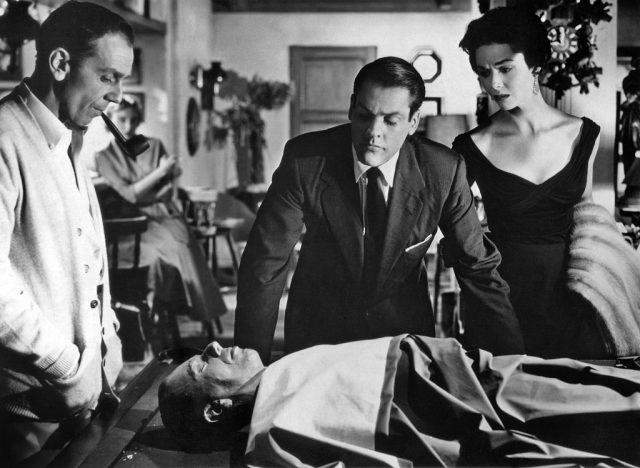
This tactic is described as a “double-edged sword” for sensationalizing very real issues for box office success. However, it’s also viewed as an effective way to convey issues impacting the global population. One example is the Cold War and the paranoia that surrounded it.
Such films as Invasion of the Body Snatchers and episodes from 1959’s The Twilight Zone used aliens to convey the fear of a potential Russian attack on American soil. When the Iron Curtain dropped, Hollywood kept aliens as the focal point of their sci-fi films, as they’d become an effective way of portraying whoever society viewed as the “bad guy” on the global stage.
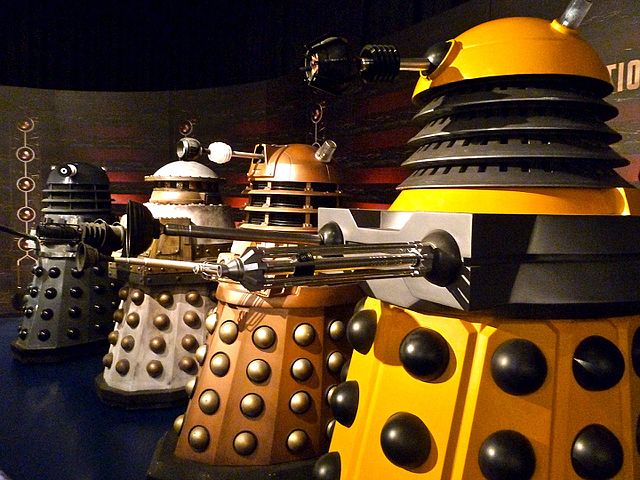
Another example is the entertainment released after WWII. The effect of the Nazis’ crimes was immense and remained fresh for decades. The long-running British television show Doctor Who chose to represent the regime through the Doctor’s arch-nemeses, the merciless Daleks, who wish to “exterminate” all races of life they believe inferior.
Hollywood has also taken creative liberty with events related to extraterrestrial life, such as the secrecy surrounding Area 51 and the infamous Roswell incident of 1947. Many television shows have shared its namesake — such as 1999’s Roswell and 2019’s Roswell, New Mexico — and others have imagined the alien lifeforms that arrived on Earth via the location — think Paul and Indiana Jones and the Kingdom of the Crystal Skull.
UFO believers are no longer considered quirky and weird
For a long time, believing in the existence of aliens and UFOs was considered silly. Only “weirdos” and “nerds” who spent far too much time watching sci-fi films believed in such things. This view wasn’t helped by the media’s depictions of UFOs.
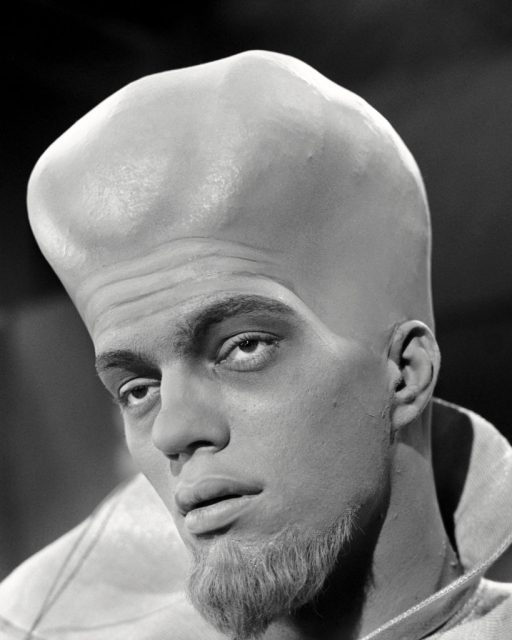
According to Diana Walsh Pasulka, Professor of Philosophy and Religion at the University of North Carolina, Wilmington, media portrayals of extraterrestrial life have allowed for the dismissal of believers as conspiracy theorists. This has prevented the topic from being studied as a potential security issue and has delayed scientific study.
However, this view is evolving, in part due to the changing narrative in Hollywood and the influence of scientific advancements. Increased space travel has allowed for a better understanding of what lies beyond the Earth’s atmosphere, and Hollywood is seen as a way to distribute that information to the masses.

There are also those who believe Hollywood’s often outlandish depictions of aliens are a way to psychologically influence viewers. Depending on which side of the fence you fall on, the entertainment industry is either going out of its way to make the existence of such life too unbelievable to be true, or it’s working to mentally prepare us for news that extraterrestrials actually exist.
Some portrayals have created terrifying images of aliens
Hollywood’s depictions of aliens typically fall into two camps: terrifying creatures looking to end the entire human race and take over the planet, or friendly lifeforms wishing to learn about our way of life.
One of the more famous incidents of the population becoming terrified by aliens is the 1938 radio broadcast of H.G. Wells’ The War of the Worlds. Actor and director Orson Welles adapted the story for radio, and it was performed so well that anxious citizens contacted law enforcement and local press. Despite Welles’ belief the story was too outlandish to be believable, it created mass hysteria.
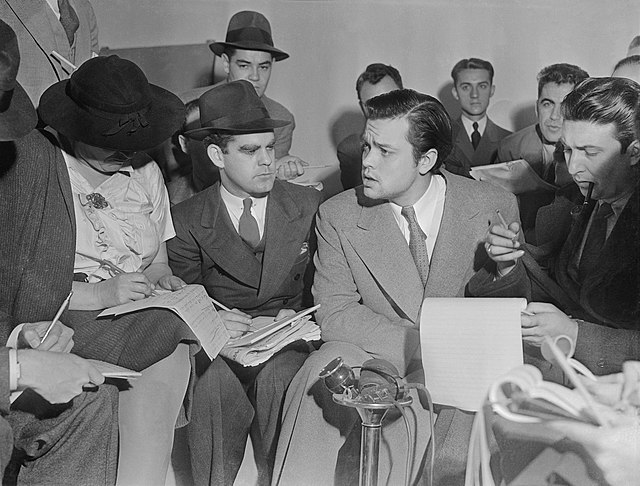
Modern tales also make the existence of aliens a terrifying concept. The Alien franchise leads us to believe they’ll embed themselves in our chests, only to burst out in a gory scene of death, while John Carpenter’s The Thing has us worrying they’ll mask themselves as humans in order to infiltrate our society (and who’s to say they haven’t already done this?).
You also can’t omit the potential existence of the mysterious men in black. While the movie series presents them in a comedic way, their origin story is enough to make your skin crawl. These emotionless, quasi-government agents’ job, if they exist, is reportedly to intimidate and threaten those who claim to have seen UFOs, effectively silencing them. While many claim to have come into contact with them, others believe their existence is a myth.
Aliens are just like their human counterparts
On the flip side, there are many portrayals that present aliens in a more positive light. There’s the aforementioned Paul, which features a foul-mouthed alien with a human sense of humor, as well as the titular ALF from the 1980s television series, who befriends a family while looking to fix his spaceship.
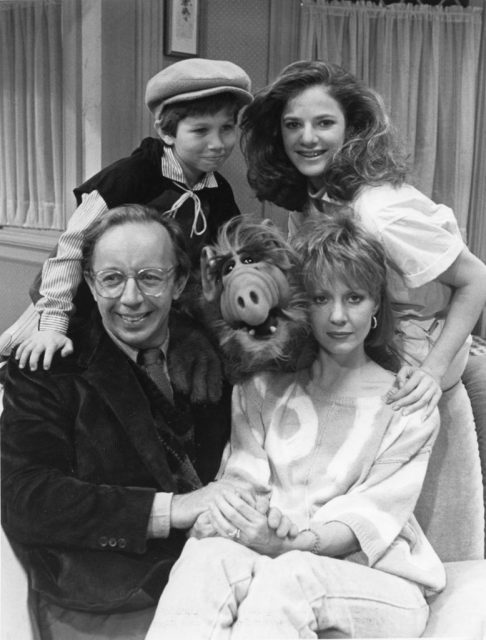
There are numerous shows and movies that present aliens in a more humanoid manner. From the sensitive and goofy Mork from Mork and Mindy to the good-hearted Brian and Sophie Johnson in My Parents Are Aliens, these aim to portray aliens as similar to viewers in both their appearance and mannerisms, even if a bit more eccentric.
The best depiction of human-friendly aliens comes from children’s entertainment. Many are familiar with the three-eyed Little Green Men from the Toy Story franchise and their fascination with the claw, while more recent films feature aliens similar to the adorable Echo from Earth to Echo.
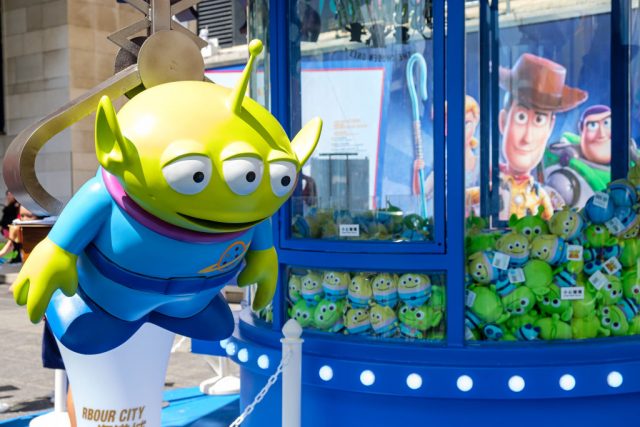
There’s also Stitch from 2002’s Lilo & Stitch, a four-legged blue alien who escapes space jail, crash-lands on Earth, and pretends to be an Elvis-loving dog to hide from the law… However, how anyone could believe he’s a dog is a real humdinger. Over the course of the film, viewers come to realize that Stitch and other aliens are misunderstood and actually quite friendly.
More from us: 5 Of The Most Famous, Still Unsolved UFO Sightings
While the existence of extraterrestrial life is still up for debate, the hope is it’s friendly and accepting of the human race. If Hollywood has been working to mentally prepare viewers for contact, it’s hoped the positive depictions are more realistic than the aggressive, scary ones.
